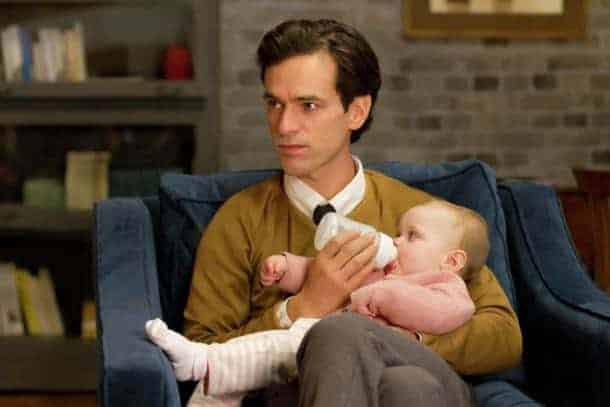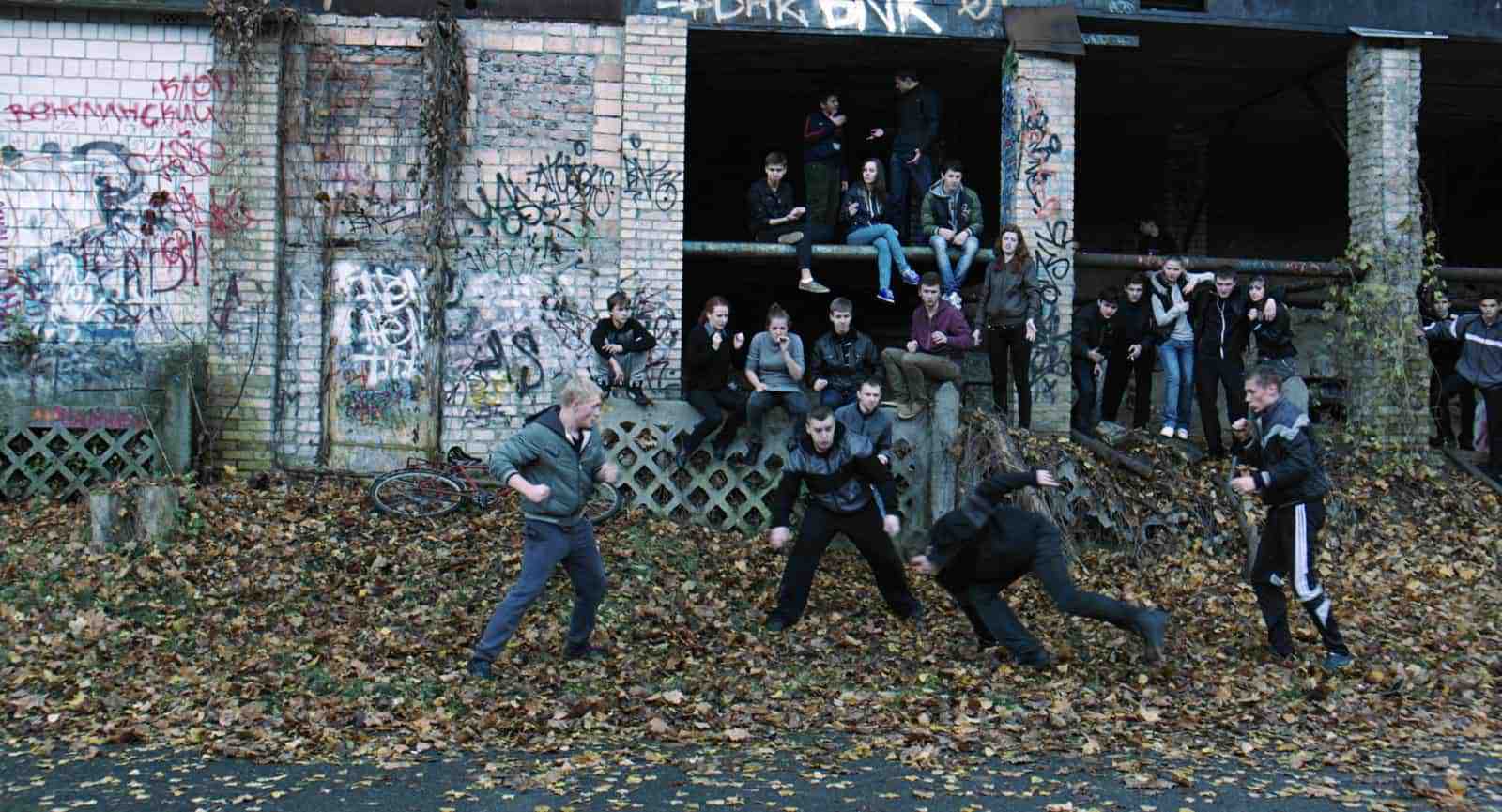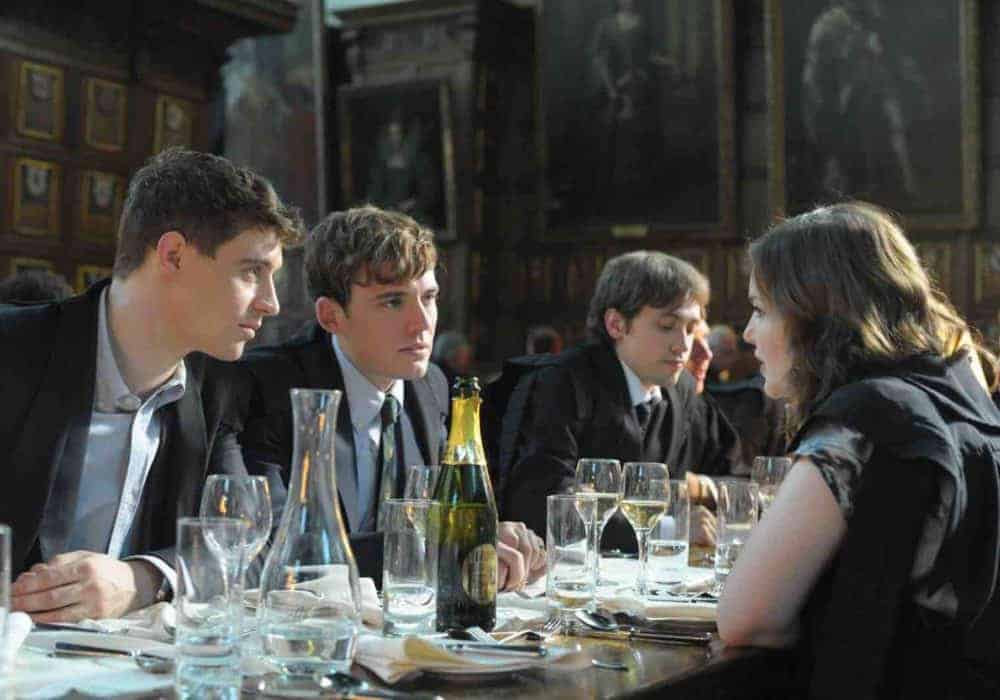Roy Andersson’s final installment in his trilogy about being a human being (You, The Living and Songs from the Second Floor), A Pigeon Sat on a Branch Reflecting on Existence, begins with a comedic bang of twisted humour: a series of three vignettes that detail “meetings with death.” In my favourite one, we find two […]
Toronto International Film Festival
‘Top Five’: Chris Rock aims higher than he hits in this charming but crass comedy
“It’s always good to make sure you’re never too good at one thing at a time,” mumbles Andre Allen (Chris Rock) to Chelsea Brown (Rosario Dawson), the New York Times reporter profiling him, upon learning that she dabbles in poetry, photography, and music. And yet, it could just as easily be applied to “Top Five,” […]
‘Beyond The Lights’: Gina Prince-Bythewood gets romance right
Prince-Blythewood understands that romance is all about the connection forged between two people, so she wisely shoots the majority of Kaz and Noni’s scenes together in two-shots. Whether it’s sitting on the couch of her home, listening to her hit as she tries to turn it off in embarrassment, or pouring over her box of lyrics on the floor of her bedroom, or sitting in his car at the airport eating fried chicken. These are two people sharing time and space, and we’re always watching what’s unfolding between them, not just how things are for each of them separately.
Best of TIFF14: ‘The New Girlfriend’ is François Ozon in top form – whimsical, funny, thoughtful about gender and sexuality
The list of generally accepted labels may have expanded in the last thirty years, to comfortably include gay and trans, but the need to label hasn’t become obsolete yet. With “The New Girlfriend,” Ozon reminds us that defying labels isn’t something we outgrow, but often a natural part of a person’s identity, of any age.
Best of TIFF14: The Tribe is beyond words
Myroslav Slaboshpytskiy’s Ukrainian crime film The Tribe is told entirely in sign language, no translation, no subtitles.
Best of TIFF14: Lone Scherfig’s The Riot Club explores the darker side of privilege
The lads of The Riot Club – an exclusive club for 10 of Oxford University’s richest and brightest young men – make “Gossip Girl”’s Chuck Bass, at his rapiest, look like a prince. And this is a guy who traded the love of his life for a hotel before sleeping with his barely consenting step-sister. Like Chuck Bass, these boys were raised in the lap of luxury and privilege. As they say in Britain, they’re posh, which comes with special customs, accents, and terminology.





